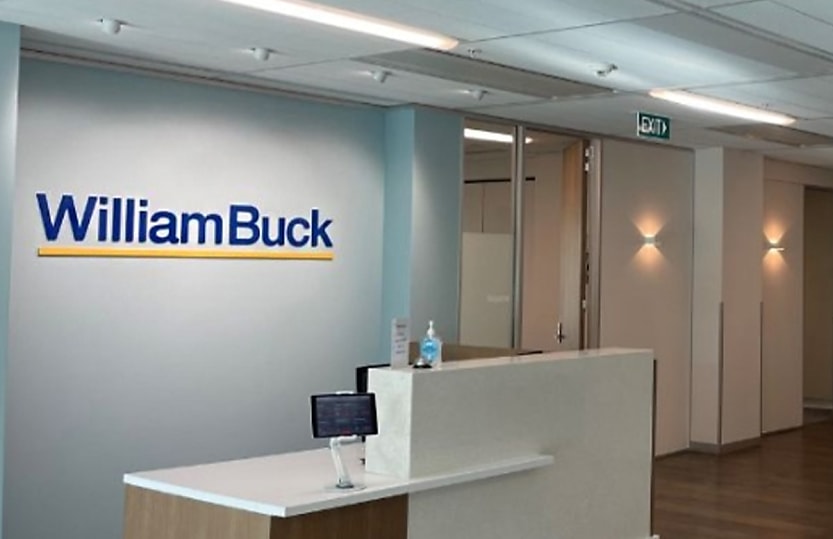Mid-market the ‘sweet spot’ for M&A deals, says William Buck

Australia’s mid-market continues to dominate the market for mergers and acquisitions despite a sharp decline in transactions, a recent William Buck report has revealed.
William Buck has revealed Australia’s middle market remains the “sweet spot” for investors in its Dealmaking Insights Report 2024 half-yearly update.
The report found in H1 2024, 79 per cent of all mergers and acquisitions (M&A) were valued between $0-$100 million.
It was revealed the actual number of M&A deals is at its lowest in a decade, measured at 22 per cent year on year.
However, SME transactions “dominated the market” in the first half of 2024.
William Buck head of corporate finance Mark Calvetti said the SME sector is very active as it covers a substantial amount of ground and transactions are easier to get across the line because of better access to funding.
“While businesses in the SME space have varying needs and levels of sophistication, most share growth aspirations and many are already thinking about succession and exit planning,” Calvetti said.
“This is part of the reason Australia’s middle market offers a happy hunting ground for larger companies and private equity.”
According to the report, consumer was the largest sector by deal count in the M&A middle market making up 21 per cent of all mid-market deals.
This was followed by materials at 19 per cent and industrials at 15 per cent.
By value, the largest mid-market sector was also consumer at $541 million, followed by industrials at $312 million and financials at $275 million.
The results also reflected a “slowdown” in dealmaking across the private equity and venture capital markets, as well as a continued decline in IPO activity.
William Buck said the half-yearly report highlighted the four key themes of higher interest rates for longer, slower and more complex deals, geopolitical tensions and standout sectors.
Calvetti said these four key themes have had a significant impact on transactions over the year due to ongoing volatility and market uncertainty.
“Higher interest rates have continued to lower investor risk appetites while simultaneously placing downward pressure on the profitability of most businesses,” he said.
“At the same time, long and slower, more comprehensive due diligence processes, ESG considerations and differing views on value between buyer and seller have led to more complicated deals.”
William Buck noted it is expected for there to be increased interest in getting deals done but at a slower pace with increased due diligence hurdles and greater buyer scrutiny.
“In the absence of major geopolitical disruptions, we anticipate deal volume increasing after a prolonged period of deal stagnation and fence-sitting,” Calvetti said.
About the author







